In biology, symbiosis is a mutualistic relationship between two or more organisms, in which each receives benefits. This symbiotic model offers a valuable lesson for the relationship between humans and artificial intelligence (AI).
Instead of confronting or replacing, AI should be seen as a supporting tool, complementing human capabilities, creating superior combined strength…
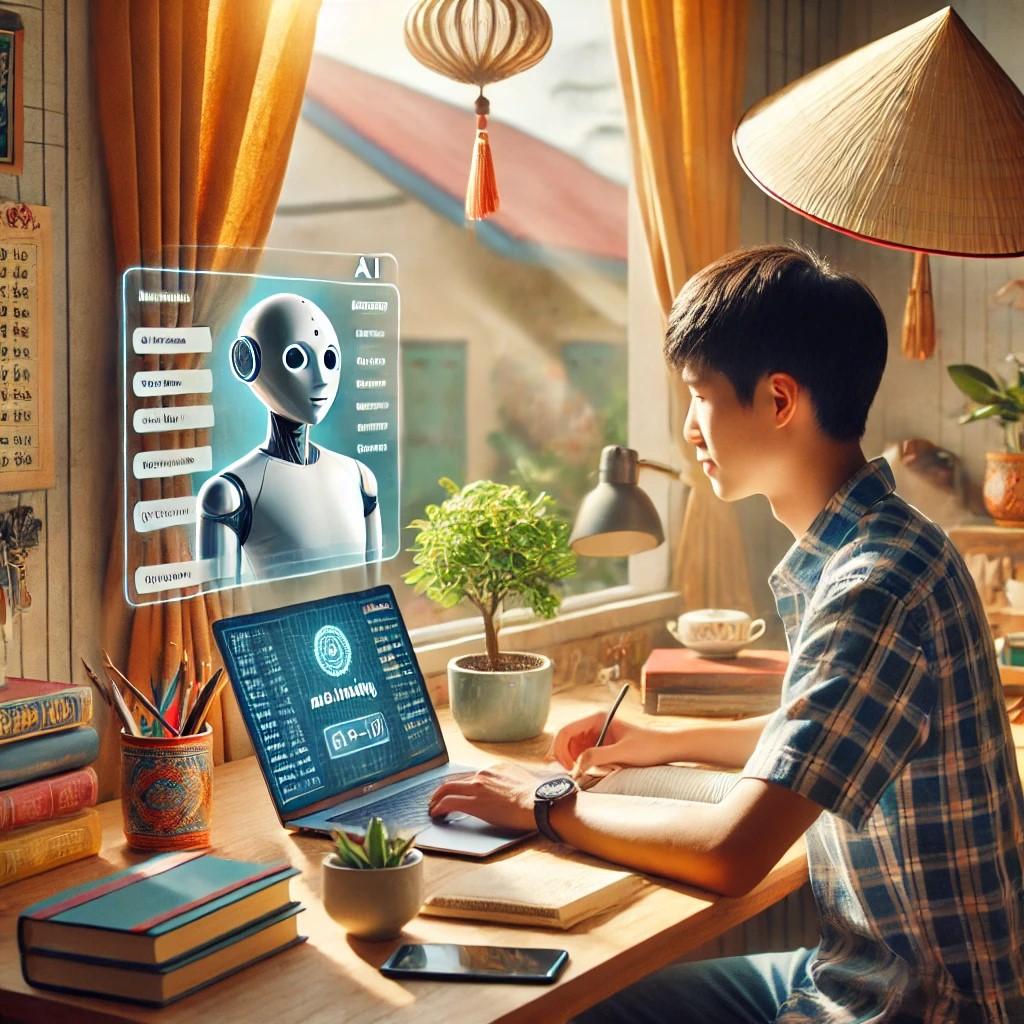
This is an image drawn by AI according to user's request: Vietnamese students use AI in studying
Above is a part of the content written by AI Chatbot Gemini when I entered the command: "Write an article of about 1,200 words on the topic of symbiosis with artificial intelligence AI".
WHEN BOTH SIDES BENEFIT
Users of AI-generated applications can easily recognize that under each answer or "work" created by AI (painting, song, line of code, poem, media script, story...) there are 2 buttons symbolizing "good answer" (hand holding thumb up), "bad answer" (hand holding thumb down). More notably, when clicking on the "good answer" icon in Gemini, users will continue to be asked: "Why do you rate like that?" with some suggested options. Similarly, if choosing the icon: Bad answer, Gemini will also ask again "Why do you rate like that with suggested options. After choosing according to the suggestion or writing in the comment, users will receive the text "Thank you for your feedback".
This is how AI applications create biology through user experiences anytime, anywhere. As a result, the answers and products created by AI become better and better for users according to the "win-win" principle of the symbiotic model.
AMAZED BY … WHO
When evaluating the capabilities of generative AI applications according to Bloom's cognitive scale with 6 levels from low to high: Remember - Understand - Apply - Analyze - Evaluate - Create, the fear of generative AI's ability to be smarter than humans is real.
"Who can read the alphabet backwards from Z to A?", when I asked this question, almost 100% of the participants did not dare to answer, including primary school teachers. Therefore, everyone felt excited when hearing the answer from AI Chatbots like Gemini, ChatGPT with the command entered: "Read the alphabet backwards from Z to A".
To test the knowledge retention ability of these applications, I suggested that teachers ask more basic knowledge such as: 7 memorable identities, 3 basic laws of physics, elements in the periodic table. After the natural science teachers confirmed that the answers were correct, the social science teachers also acknowledged that the memory ability of these AIs was "not to be trifled with!".
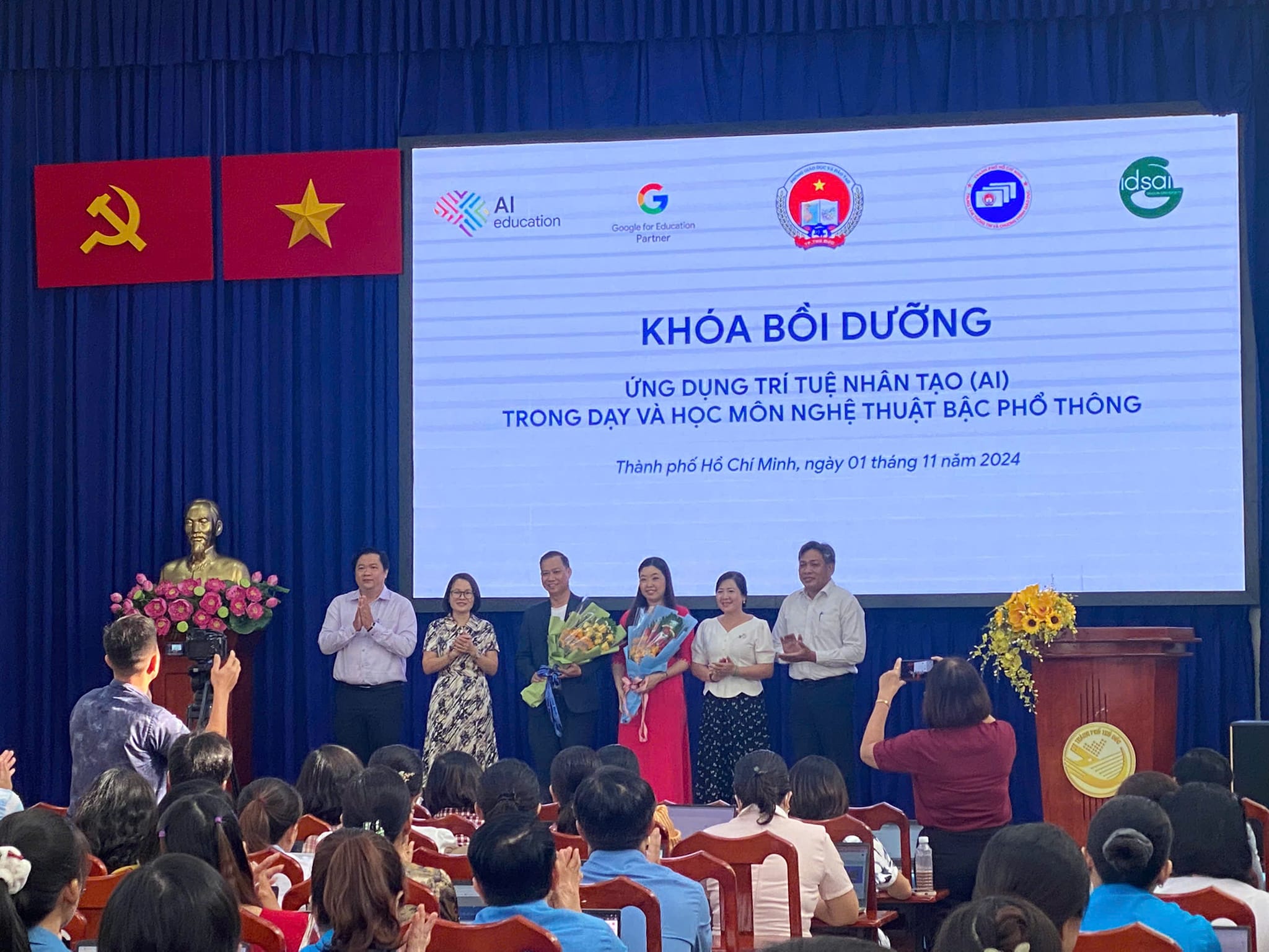
The Department of Education and Training of Thu Duc City (HCMC) is the first unit in the country to organize a separate program applying AI for art teachers.
In my classes, I often ask English teachers to translate the phrase "Tho Xuong Chicken Soup" into English. The answer they might give is "Tho Xuong Chicken Soup" (after a long pause). Meanwhile, the AI Chatbot can give an answer that fits the context of the folk song: "The wind blows the bamboo branches, the sound of the Tran Vu bell, the sound of the Tho Xuong chicken soup": The crowing rooster of Tho Xuong.
Recently, in the training program "Application of AI in teaching and learning activities based on Google technology" for the principals of kindergartens in District 10, Ho Chi Minh City, I instructed them to enter the command: "I am a principal of a kindergarten in Ho Chi Minh City, Vietnam, giving 5 tips to help me lead a successful and happy school in the age of artificial intelligence". In summary, the 5 tips given are: Understand and selectively utilize AI in preschool education /Apply AI to appropriate activities/Put people at the center - use AI as a support tool, use AI ethically and responsibly/Train and develop a team of teachers who understand and have practical skills/Build good relationships with parents through the use of AI tools/Always learn and update the development of AI. Most of the students were satisfied with this extremely fast and valuable answer from AI.
The continuous generation of AI applications has surprised many students in different fields. Last week, the owner of a melon farm in An Giang exclaimed with joy when he asked the AI application Firefly.Adobe.Com to draw a picture of the harvest of golden melons with farmers wearing conical hats in the spring. An organic vegetable grower who was planning to hire an employee to do communications for the farm was extremely excited when she was able to compose poems, songs, and articles to promote the farm very quickly and could almost use them immediately when she knew how to write effective commands.
Teachers can prepare lessons according to the 2018 General Education Program very quickly. Smartphone sales staff can ask chatbots to write media scripts to post on social media pages for new products, find out which features customers are interested in when buying a phone, write scripts to talk to customers when delivery is late, etc.
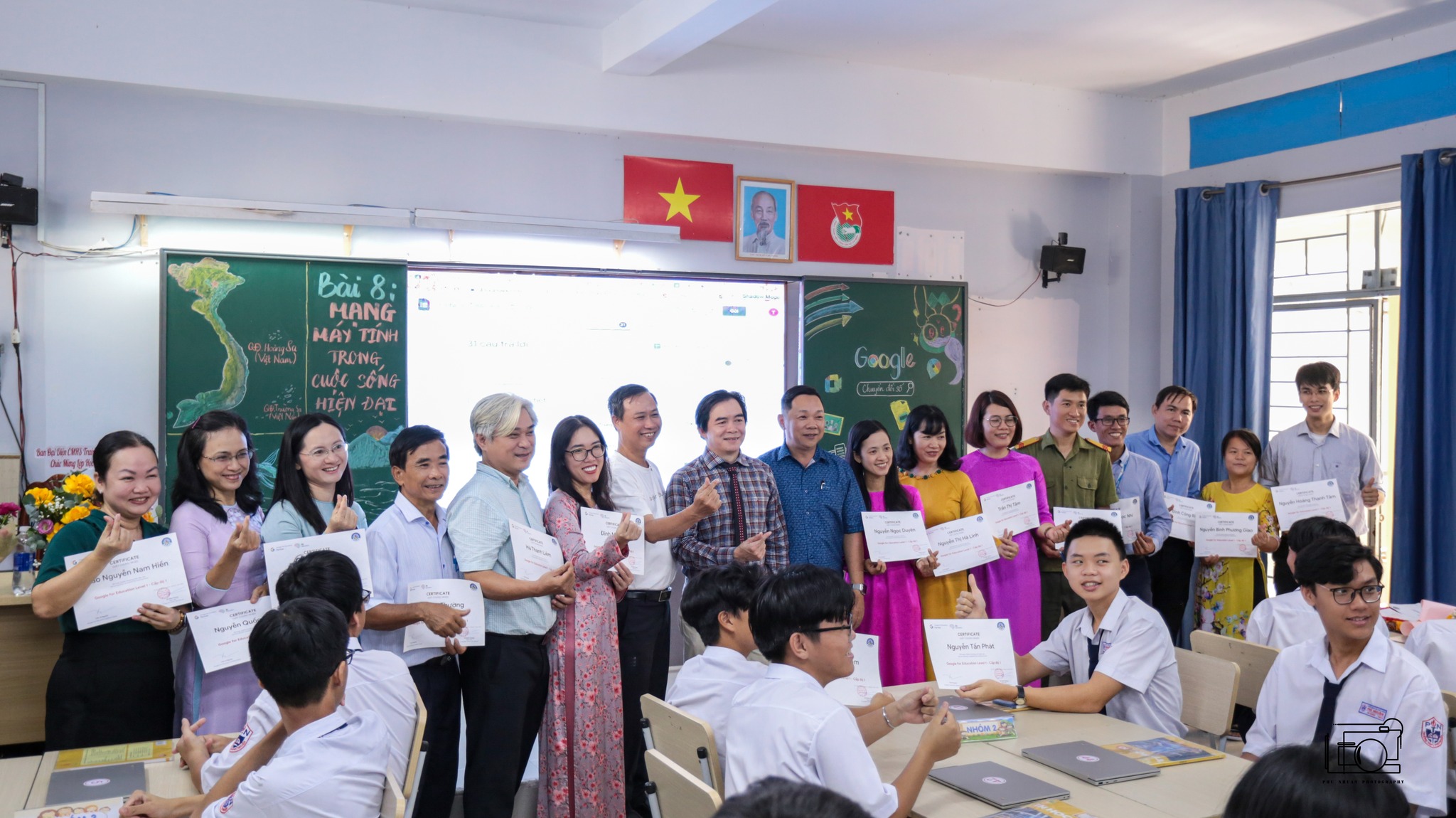
Phu Nhuan High School (HCMC) deploys AI for teachers and students in Google digital lessons
OVERCOMING FEAR WITH SOMEONE
However, the fear of AI being smarter than humans will be resolved if we understand that there are aspects that artificial AI cannot do yet, such as empathy for human problems, breakthrough creativity, and ingenuity in human care activities. And most importantly, an open attitude to cooperate, learn, and coexist with artificial AI applications.
In fact, the development of generative AI in recent years has shown that the symbiotic relationship between humans and AI brings countless benefits such as: Increasing productivity and work efficiency, improving decision-making ability, personalizing experiences, solving complex problems such as weather forecasting, analyzing genetic data or developing new drugs, creating new jobs: such as AI engineers, data scientists , data analysts, AI trainers.
Currently, the Ministry of Education and Training is soliciting comments on the draft Circular on promulgating the digital competency framework applicable to learners in the national education system. Using generative AI is one of the six competency domains in the proposed digital competency framework. The remaining competency domains are: Data and information mining; Communication and collaboration in the digital environment; Digital content creation; Security; Problem solving. This is one of the important and necessary solutions towards a good future of symbiosis between AI and humans.
Some challenges
In the article proposed by chatbot Gemini, I really liked the analysis of the challenges and solutions to move towards a symbiotic future with AI as follows:
While the potential is huge, the symbiotic relationship between humans and AI also poses some challenges:
Employment issues: One of the biggest concerns is that AI will replace humans in many jobs. To minimize this negative impact, policies are needed to retrain the workforce, helping them adapt to new AI-related jobs.
Ethical issues: The use of AI must comply with ethical principles, ensuring transparency, fairness and responsibility. Clear legal regulations are needed to control the use of AI to avoid negative consequences.
Data security issues: AI is data-driven, so data security is extremely important. Strong security measures are needed to prevent misuse of personal data.
To build a successful symbiotic future between humans and AI, close cooperation between stakeholders, including governments, businesses, researchers and the community is needed. This includes equipping workers with the necessary skills to work with AI, building a clear legal framework, encouraging AI research and development, and increasing public awareness.
Source: https://thanhnien.vn/huong-den-tuong-lai-cong-sinh-voi-ai-tao-sinh-185241231194456721.htm


![[Photo] The Standing Committee of the Organizing Subcommittee serving the 14th National Party Congress meets on information and propaganda work for the Congress.](https://vphoto.vietnam.vn/thumb/1200x675/vietnam/resource/IMAGE/2025/11/19/1763531906775_tieu-ban-phuc-vu-dh-19-11-9302-614-jpg.webp)


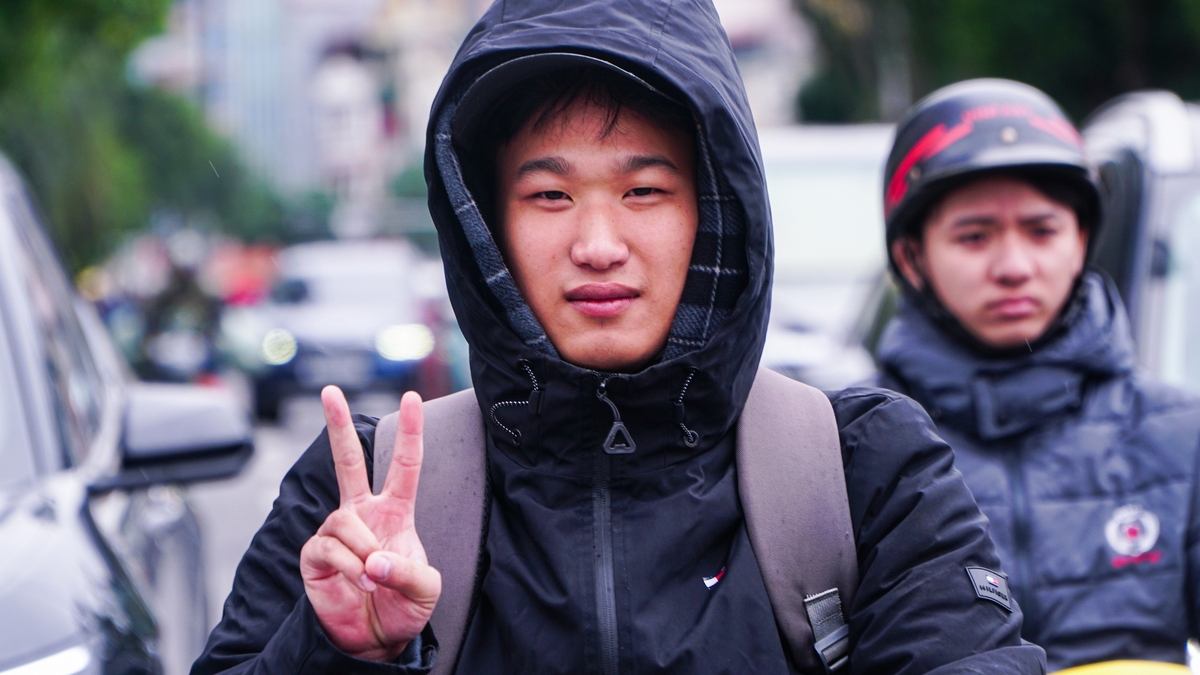


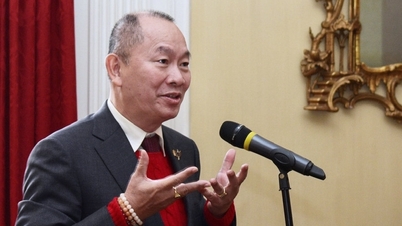

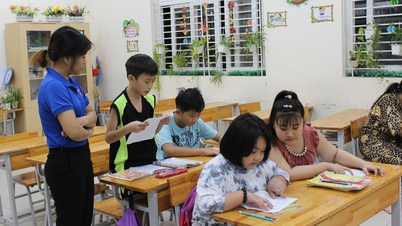
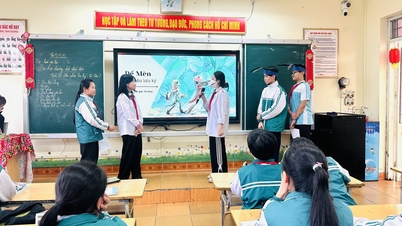

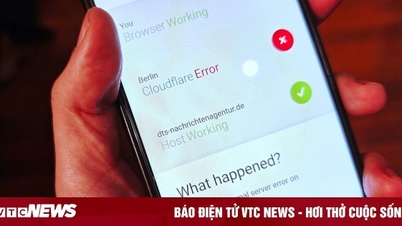



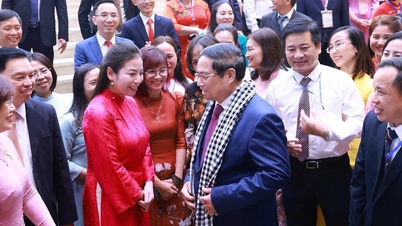
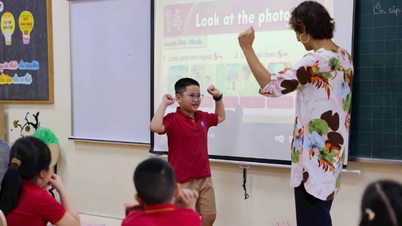

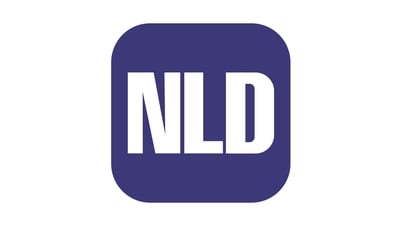

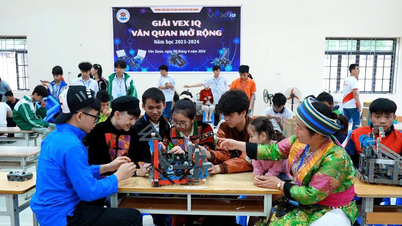

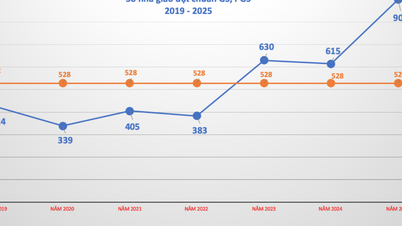




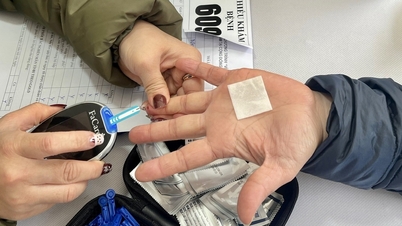
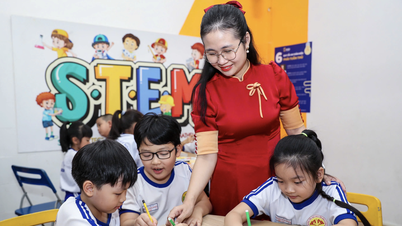
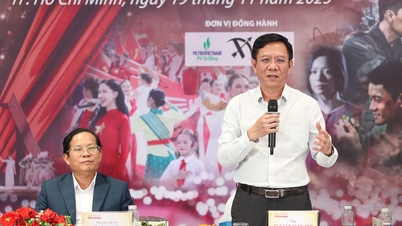
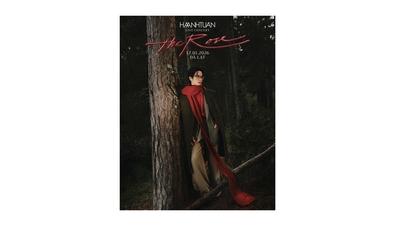


![[Photo] Prime Minister Pham Minh Chinh and his wife meet the Vietnamese community in Algeria](https://vphoto.vietnam.vn/thumb/1200x675/vietnam/resource/IMAGE/2025/11/19/1763510299099_1763510015166-jpg.webp)












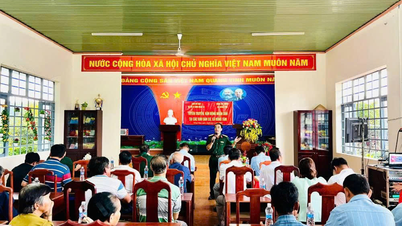





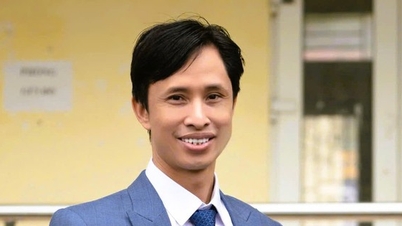
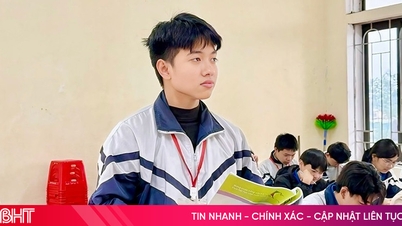






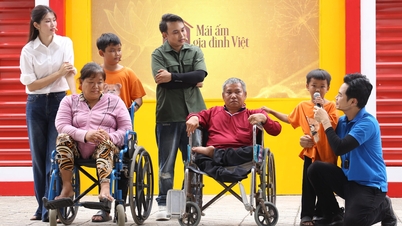




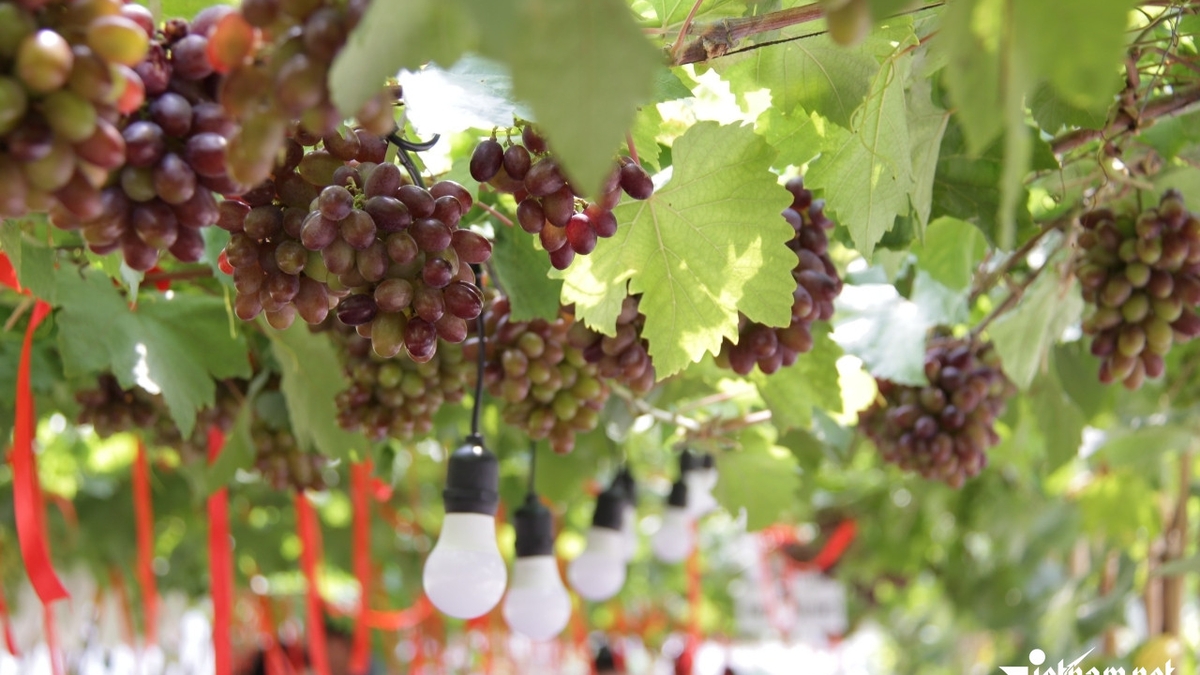



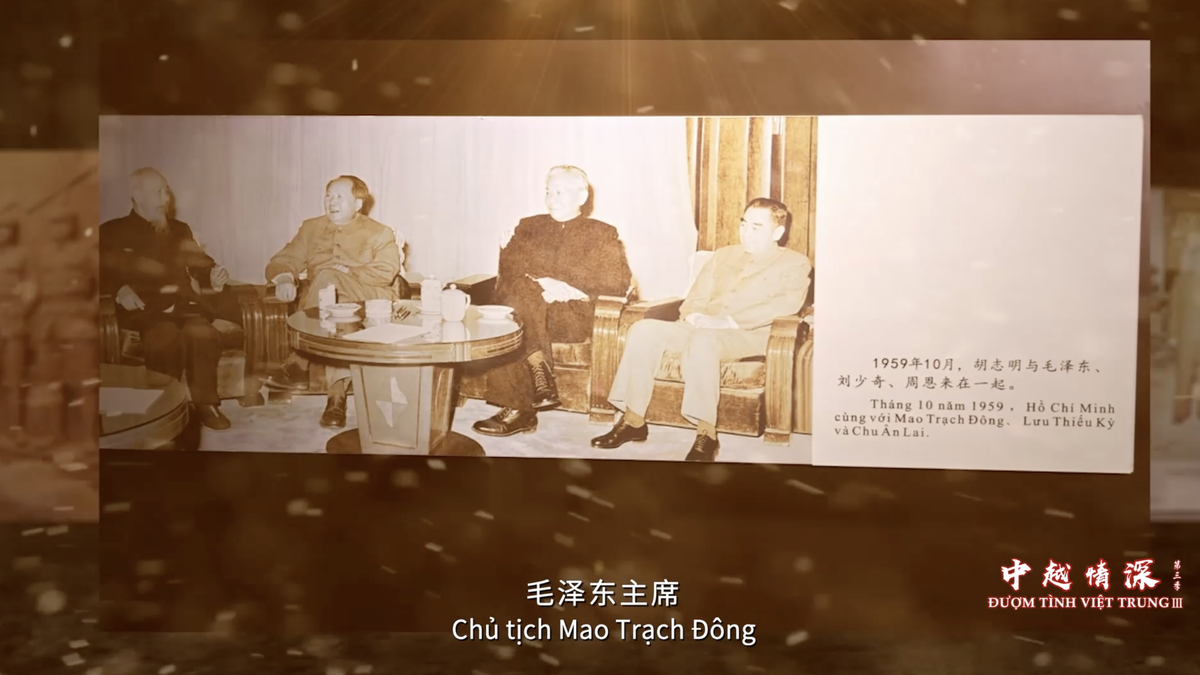


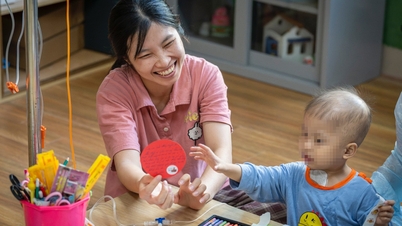

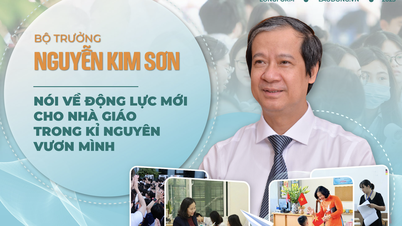











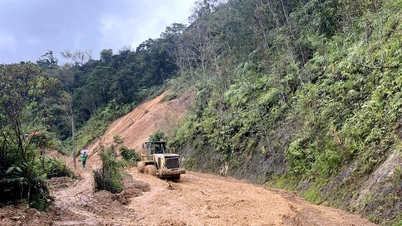




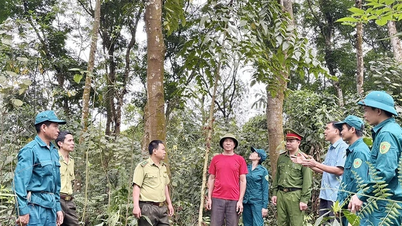

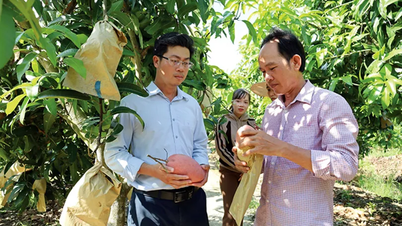




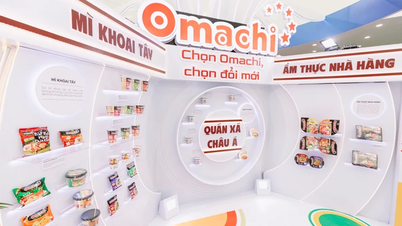



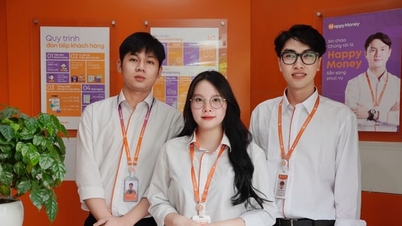




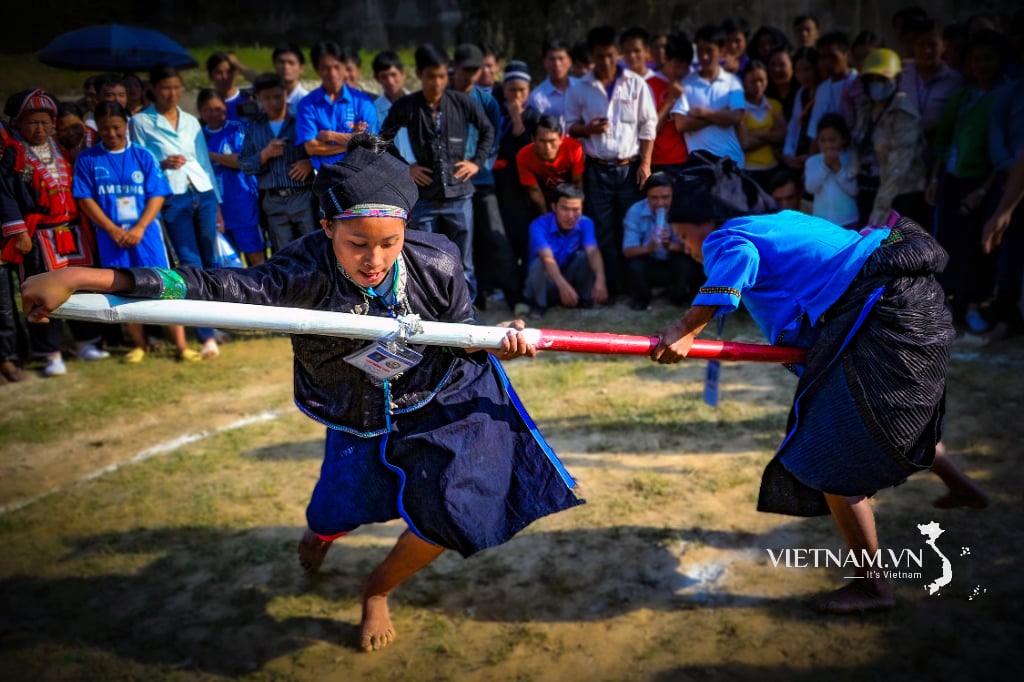

Comment (0)